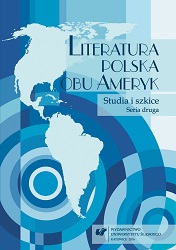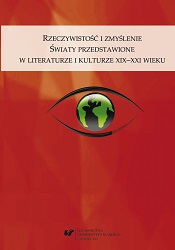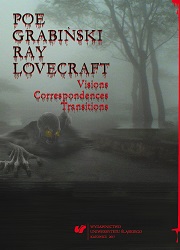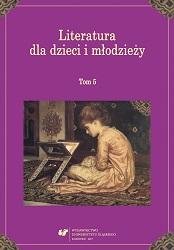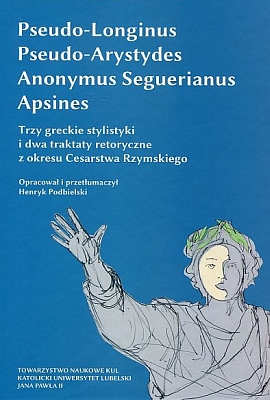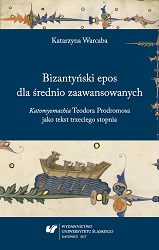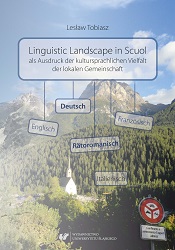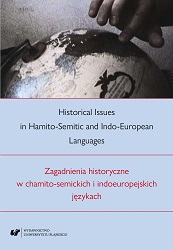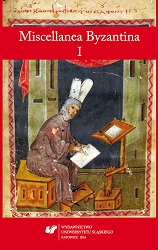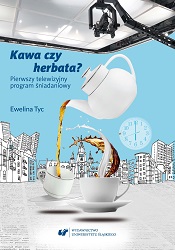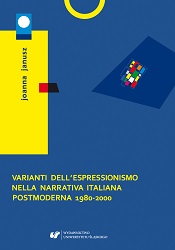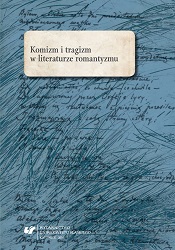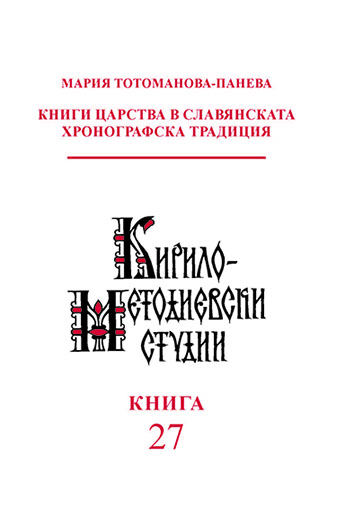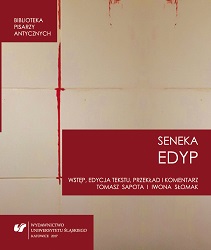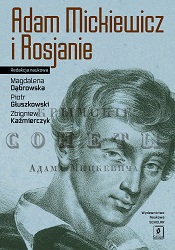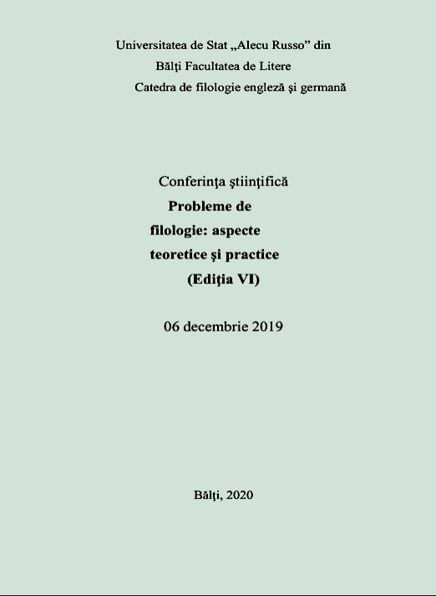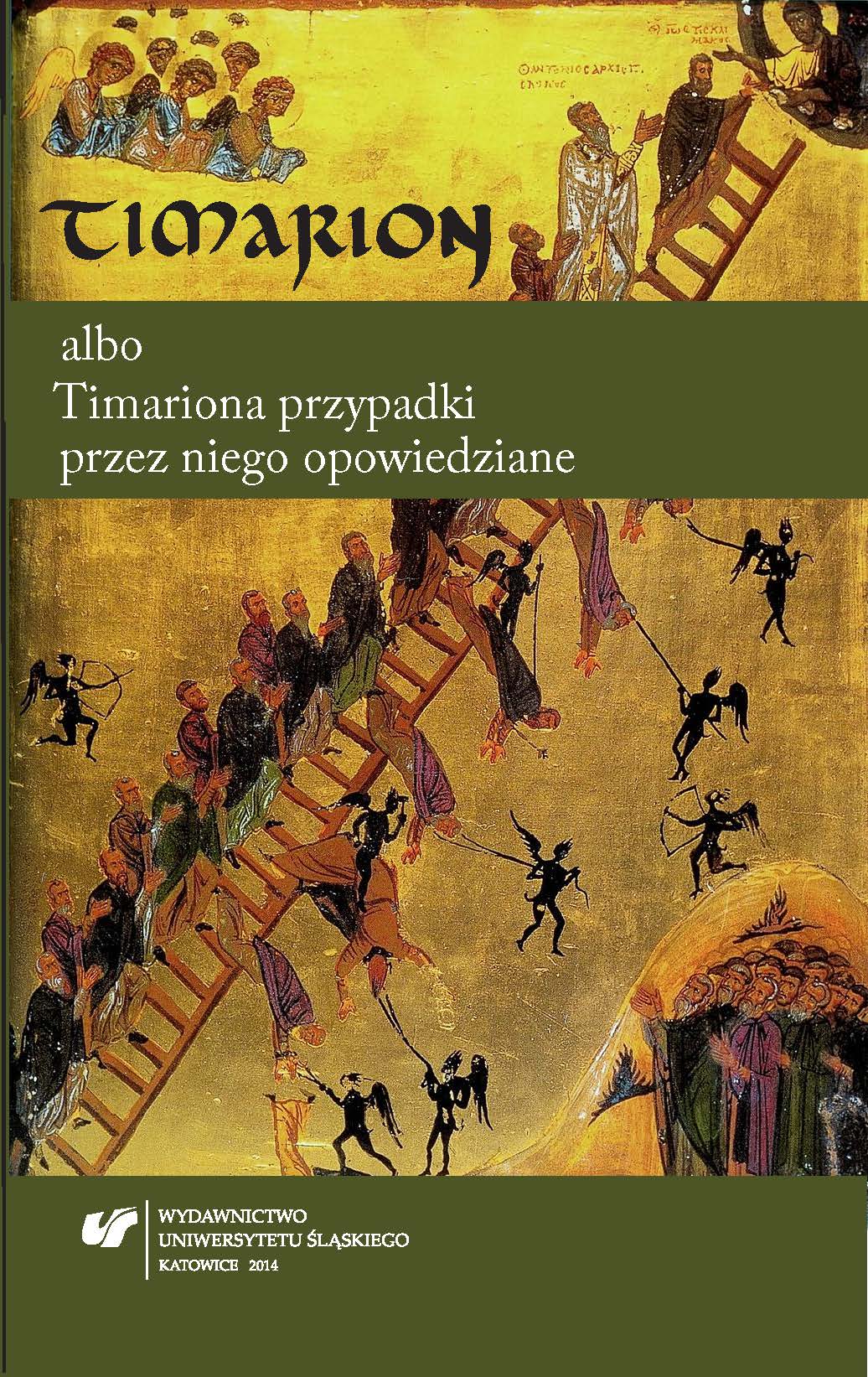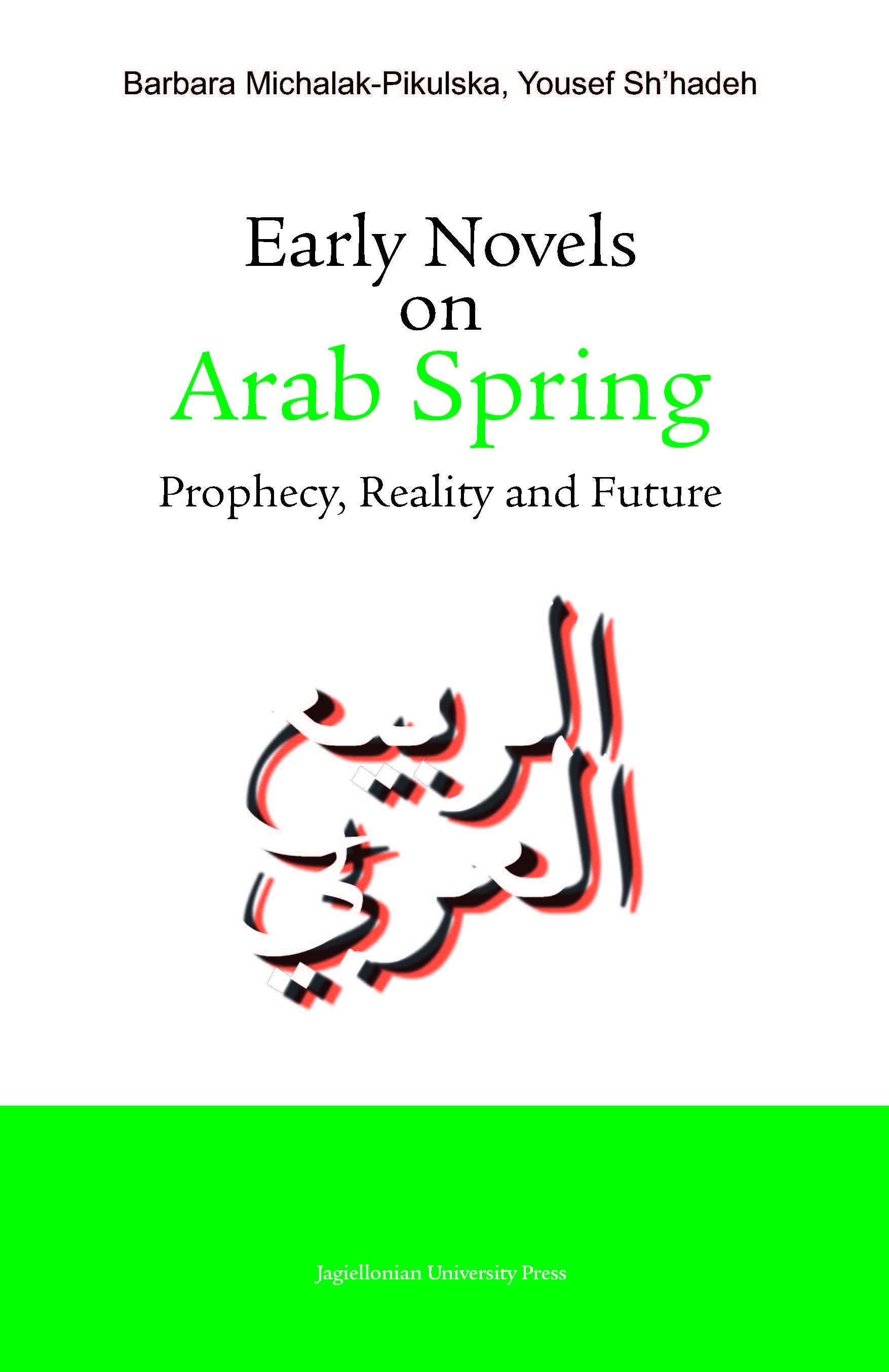Author(s): Maria Totomanova-Paneva / Language(s): Bulgarian
The monograph seeks to explore the textual history of the Books of the Kingdoms in the Slavonic chronographic tradition in comparison with manuscripts outside this tradition taking into account the text of the Septuagint as well. Nine Slavonic manuscripts dating from the fourteenth to the sixteenth cc. have been used, the leading being the Archives Codex and Elinskij Letopisets I redaction. The first chapter includes a detailed description of the used manuscripts (type, dating, orthography and linguistic features). The content of the Archives Codex and the Elinskij Letopisets I redaction as well as that of the Middle Bulgarian manuscript F.I.461 are presented in full. The author places much emphasis on the segmentation of the text in the non-chronographic redaction in comparison with the segmentation in the chronographic redaction, which is extant only in the Archives Codex. The chapter also presents a comprehensive review of the paramount studies on the textological tradition of the Slavonic translation of the Books of the Kingdoms. The earliest research works date back to the end of the nineteenth c. Following the works by М. Popruzhenko (1894), А. Sobolevskiy (1900), S. Kulbakin (1901) and R. Nachtigal (1902) the last decades of the twentieth c. witnessed increased research interest in the problems of the Slavonic text of the Books of the Kingdoms. Sv. Nikolova, D. Dunkov, A. Alexeev, Fr. Thomson, T. Slavova, etc., have made major contributions in this regard. The opinions of Slavists divided on a major issue, that of the time, the place and the authorship of the original translation of these Old Testament books. This study sets out to answer these questions by using a complex methodology combining both textological as well as linguistic approaches. Its focal point is the textological comparison and analysis of the selected manuscript witnesses while taking into account the Greek text of the Septuagint and, where necessary, the Latin Vulgate and the Hebrew text. Chapter 2 investigates the textual history of the . The identified variant readings, omissions and additions are examined and classified on two levels: first, distributed by manuscript witnesses (and groups of copies), and second, according to the type of the variant reading. The variant readings are further classified in three groups: (1) variant readings resulting from copyists’ mistakes, (2) variant readings resulting from editing, which are either related to the word order, or concern the use of synonyms (lexical or derivative) (3) variant readings resulting from an unidentified Greek original. The detailed examination and classification of over 1,300 variants confirms the observation that all manuscripts involved in the study present the same translation, conventionally called archetype. The analysis leads to the conclusion that at a relatively early stage of the development of the manuscript tradition the archetype has split into chronographic (AE) and non-chronographic (B) redactions. The relations between the witnesses and the different redactions of the text have been identified and a stemma of the manuscripts has been drawn up. The Middle Bulgarian copies of group B show numerous differences from the group of the Russian copies R, and from A and E and have much less common readings with A and E. The similarities between the chronographs A and E and group B come from the initial translation (archetype) and show that as close as they might be to the Russian group R the chronographs A and E (together with B) sometimes offer a more accurate translation of the Greek text. On the other hand, the group of Middle Bulgarian manuscripts B is relatively homogenous with sparse differences between the separate witnesses and as a whole preserves more archaic features than AE and R. The group of the Russian manuscripts R and the chronographs A and E share many common readings and stem from a common hyparchetype AER. This hyparchetype reflects more correctly the Greek text published in the edition of Brookе, McLean, Thackeray 1927–1930 in terms of word order, omissions and additions, than the hyparchetype of the Middle Bulgarian copies B where some deviations from the Greek tradition are observed. The hyparchetype AER is characterized by lexical variants leading to the Preslav redaction. At a certain point a branch DST stemmed from hyparchetype AER. The textological analysis shows that copies T and U occupy an intermediate position between the chronographic and the non-chronographic traditions, which may result from a conflation with a manuscript bearing the characteristics of the archetype of group B. The traces of such a conflation are more visible and coherent in the text in copy U than in the text registered in Troitskij Cronograph (T). Bearing in mind that the chronographic compilation registered in the Archives Codex is unequivocally associated with the name of Tsar Simeon I the Great (893 – 927) and is usually dated to 921 according to the chronographicon contained therein, and that the 1st redaction of Elinskij Letopisets, containing the Nominalia of the Bulgarian Khans is connected with the ruler’s ideology of Simeon’s successor, Tsar Peter (927–969), it can be safely assumed that the division between the chronographic and the non-chronographic redactions took place at the turn of the tenth c., which dates the occurrence of the archetype to the end of the ninth c. Another proof thereof can be found in the results from the comparison between the segmentation of the text in the two redactions. It has obviously arisen independently and pursued different goals. Of the manuscripts of the chronographic redaction, only the Archives Codex bears the traces of consistent segmentation. On the other hand, the segmentation in the non-chronographic redaction can be dated to the fourteenth c., the period of the restoration of Bulgarian statehood and the flowering of literature under Tsar Ivan Alexander and his successors. In Chapter 3, the main characteristics of the archetype of the Slavonic translation have been identified and systematized with view to the question of its localization and dating. A special focus is put on the metaphrastic techniques, skills and theological culture of the author/s of the initial translation. The translation errors belonging to the primary translation, which represent an important characteristic of the Slavonic archetype, have been identified, classified and analyzed according to specifically developed criteria. The mistakes are distributed equally throughout the four books, which suggests one translator or (which seems less plausible) a group of translators of a similar schooling. Most frequent are the cases of incorrect deciphering of the Greek text: confusion of Greek words, which are close in graphics or in pronunciation (mainly itacistic mistakes); here belong the cases of incorrect etymologization of words, including of some toponyms and personal names. There are numerous instances of incorrect segmentation of the text which can be seen on two levels: primary, at the level of the Greek text of the Septuagint when the initial translation was made, and secondary, at the level of the Slavonic text in the process of copying. There are cases of free translation and adaptation of whole passages to the translator’s initial idea of the text meaning, which are largely due to an insufficient mastery of Greek. Sometimes no adequate explanation of the Slavonic reading can be found and therefore the use of an unknown Greek original is presumed. As a whole the mistakes are typical of a period when the rules of the literary language had not been yet established and the translation tradition was rudimental. This suggests that the translation has been made on Bulgarian soil in the years immediately following the arrival of the disciples of Cyril and Methodius in Bulgaria by a scribe with Slavonic linguistic consciousness. The suggestion that the archetype occurred in a very early period when the Glagolitic script was still in active use is evidenced by the three Glagolitic letters found in the text of the Archives Codex, which also occur in the Vilnius and in the Warsaw copies. Some of the observed inconsistencies in rendering numbers in the text can also be explained only by a Glagolitic vorlage. Another proof of the initial translation’s ancientness can be sought in the textual history of the psalm incorporated in II Kgs 22 because its protograph is similar to that of the Glagolitic Psalterium Sinaiticum. Chapter 4 of the monograph studies thoroughly the lexis of the Slavonic translation of the Books of the Kingdoms with emphasis on the rare vocabulary and hapax legomena, the non-Slavonic vocabulary and the lexical variation. A total of 151 lexemes have been studied and analyzed. The lexis of the initial Slavonic translation contains numerous Greek borrowings with no Slavonic equivalents. A significant group is represented by Hebraisms, which entered Old Bulgarian literary language through Greek. The rest of the Greek borrowings without Slavonic equivalents denote realia, for which no suitable terms had been coined in Old Bulgarian at that time. The substitution of Greek borrowings with Slavonic equivalents known from the classical Old Bulgarian written monuments is largely inconsistent. As far as the so-called Preslav and Cyrillo-Methodian lexis is concerned, the text of the Books of the Kingdoms uses both variants. On the other hand, the Cyrillo-Methodian variants used with no Preslav equivalent outnumber the purely Preslav variants and this also supports the hypothesis that the translation occurred in the early Old Bulgarian period when the principles of the Preslav redaction of the Biblical books had not been completely established. Some of the Greek borrowings are known from the classical Old Bulgarian monuments and from the original works of the Old Bulgarian writers. Their presence in the initial translation of the Books of the Kingdoms clearly shows that the translation has been made on Bulgarian soil. This assumption is also supported by the Proto-Bulgarian words identified in the text. The findings from the analysis of the rare lexemes and the hapax legomena in the text also confirm that the Old Bulgarian translation dates from a relatively early period when other significant works have also been translated among which other Old Testament books, the Menaion and the Triodion, some of the Paterica, the Paraenesis of Ephrem the Syrian, the Palaea Historica and the Pandects of Antiochus. In conclusion, it can be said with confidence that the translation of the Books of the Kingdoms occurred in the early Old Bulgarian period at the turn of the tenth c. and could be defined as pre-Preslav. It was clearly made in a South-Slavic and Balkan environment but the question of the exact place of its occurrence is still to be specified as it could be either the northeast of Bulgaria, or the southwest of the First Bulgarian Kingdom. The monograph is complemented by three appendices: an index of the discussed lexemes, a list of the variant readings in the four Books of the Kingdoms and a list of the omissions and the additions in the Slavonic text. Manuscript sources and abbreviations: RGADA, Moscow, f. 181, No. 279/658, third quarter of the 15th c. – Archives Codex (А); GIM, Synodal Collection, No. 280, end of the 15th-beginning of the 16th c. – Elinskij Letopisets I redaction (Е); RNB, St. Petersburg, F.I.461 (P); RGB, Moscow, f. 256, Collection of Rumyantsev No. 29, 1537, (R); RGB, Moscow, f. 178, Museum Collection No. 3750, 15th c., (М). Copies PRM are conventionally called Middle Bulgarian group and labelled B. RGB, Moscow, f. 304.I, Main Collection of the Library of the Trinity Lavra of St. Sergius, No. 728, early 15th c. – Troitskij Cronograph (Т); RGB, Moscow, f. 173, Collection of Moscow Theological Academy No. 12, 1470–1490, (D); RNB, St. Petersburg, Collection of Solovetsky Monastery 75/75, 15th c., (S); RGB, Moscow, f. 310, Collection of Undolskij № 1, second half of the 15th c. (1480), (U). Copies TDSU are conventionally called Russian group and labelled R. Additional data is drawn from the following mss: RGB, Moscow, f. 87, Collection of Grigorovic No. 1/М 1684, first half of the 16th c., (G).
More...
